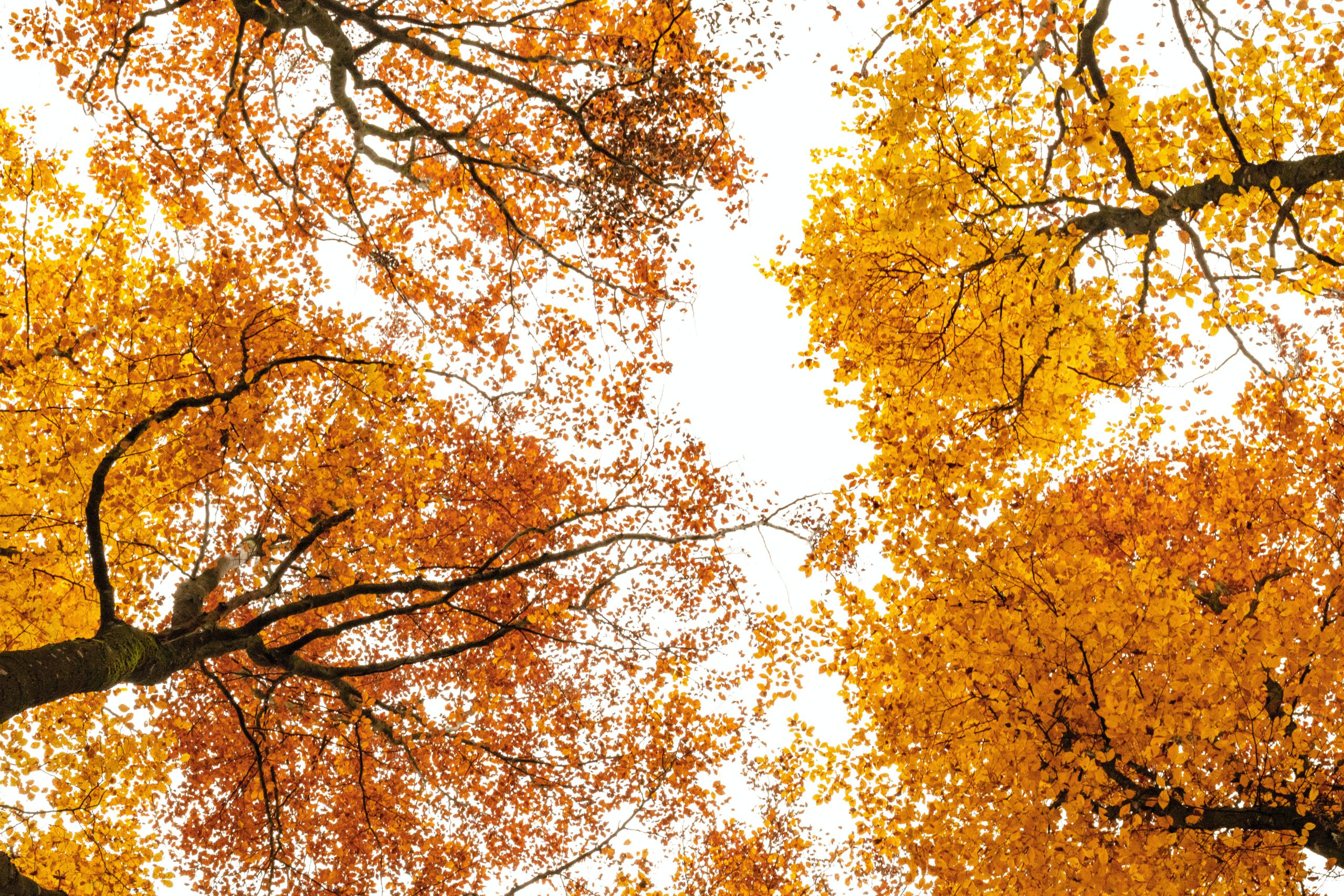Maple trees are one of the most well-known trees, spanning across the northern hemisphere. The maple leaf is even featured on the Canadian flag. Maples belong to the family Aceraceae, and there are more than 128 species, making it an incredibly diverse and fascinating family of trees. Ready to learn more about these trees? Here are interesting maple tree facts.
Maple Tree Facts
1. Maple trees are ancient
According to fossil records, maple trees are actually quite ancient. They date back to at least 100 million years ago, if not even older. These trees were growing when dinosaurs roamed the Earth! Of course, not every species of maple tree survived from that time. But maples belonging to the family Aceraceae existed back then and still today.
2. Maples vary radically in size
With more than 128 species of maple in the world, it shouldn’t come as a surprise that they vary so much in size! Some maple trees can be grown as Bonsai trees, only a few inches tall. Others tower to upwards of 150 feet! The world’s largest known maple tree, a bigleaf maple found in Oregon, was 103 feet tall and had a spread of 112 feet! Unfortunately, the tree succumbed to a wind storm in 2011.

3. Maples flower
When you think of maple trees, you probably think of their foliage. But maples do flower as well! These flowers can be red, yellow, orange, and even green. The flowers are pollinated by insects like flies and honeybees. These seeds produce the iconic “helicopter” seeds that fall slowly from the trees’ branches.
4. Maples produce the best syrup
Some of the sweetest, richest syrup comes from maple trees. A maple tree must be 30 years old before it can have its sap extracted and made into syrup. It takes somewhere between 40 and 50 gallons of maple sap to produce just 1 gallon of syrup. The process of harvesting sap for syrup does not harm the trees.
5. Maples live a long time
When grown in the right conditions, maple trees can be quite hardy and live a long time. If planted in the right place, a maple tree can live for 300 or more years!

6. Maples suffer from disease and pests too
The Asian long-horned beetle, in particular, is a huge threat to maple trees in Canada and the United States. Thousands of trees in Illinois, New York, New Jersey, and Massachusetts have been lost to the invasive insect. Maple trees are also impacted by various fungal diseases.
7. Maples are used to make whiskey
Syrup isn’t the only commercial good that maple trees make! Charcoal from maple trees is required in order to make Tennessee whiskey using the Lincoln County Process. This process is used when making almost all Tennessee whiskey.
8. Maple is a “tonewood”
Maple trees are considered to be a tonewood, which is a type of wood that carries sound waves well. Because of this, some musical instruments are made from the wood of maple trees. Violins, violas, double basses, and cellos all have components that are usually made of maple wood. Drums and some woodwind instruments, like the bassoon, also are made from maple. The necks of electric guitars are also commonly made from maple. Les Paul once famously wanted an all-maple guitar, but due to the weight of the wood, he had to settle on using maple only for the tops of the guitars.

9. Maples are a tourist attraction
Some of the most iconic fall foliage is a result of the maple’s red, orange, and yellow autumn foliage. Sugar maple trees are the favourites for fall foliage, attracting people primarily to New England and eastern Canada. In Japan, there is a custom called momijigari that specifically celebrates the changing of the maple leaves.
10. Maples are important for bees
More and more alarm bells are being raised about the loss of honeybees. Without bees pollinating, it will be much harder to feed the world! Maple trees are an important source of pollen early in the spring for honey bees waking up from their hibernation. If you want to support your local bees, plant some maple trees!
Keep Reading
tentree’s 30 Day Earth Month Challenge
By planting ten trees for every item you purchase, it’s our mission to plant 1 billion trees by 2030. Head to our website to learn more and get 10% off your next purchase.

